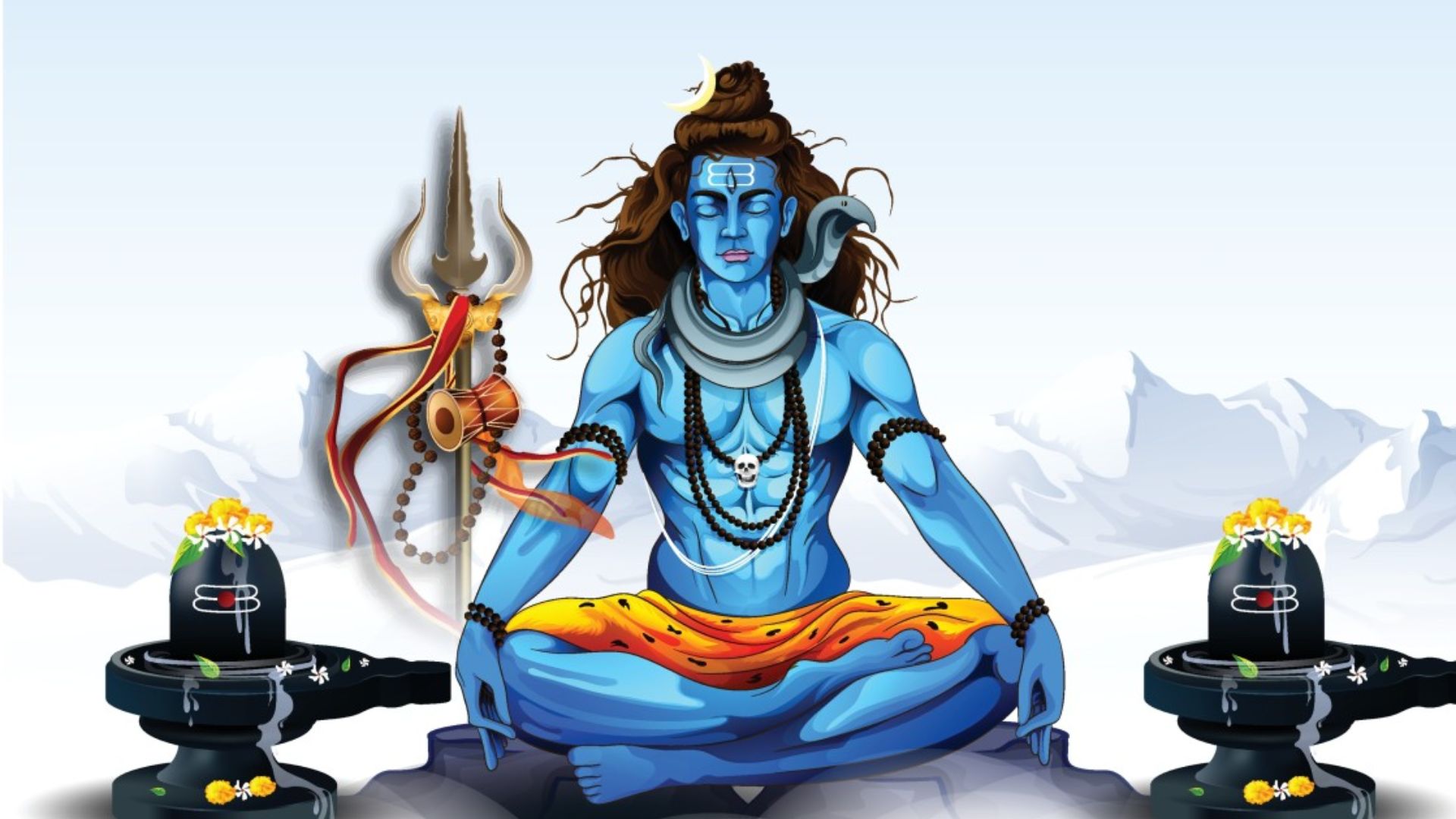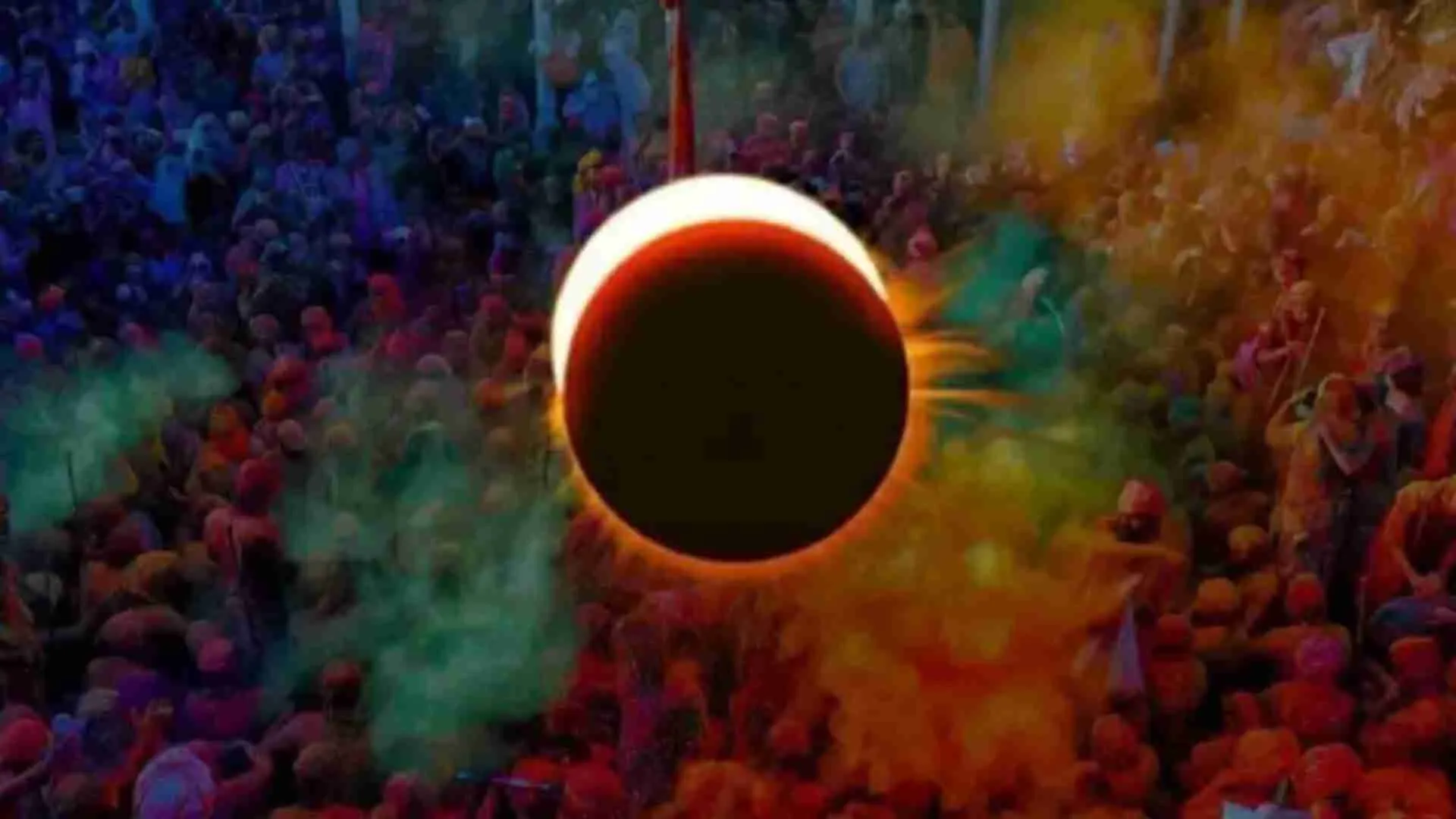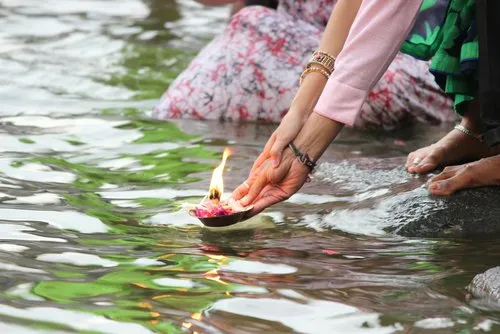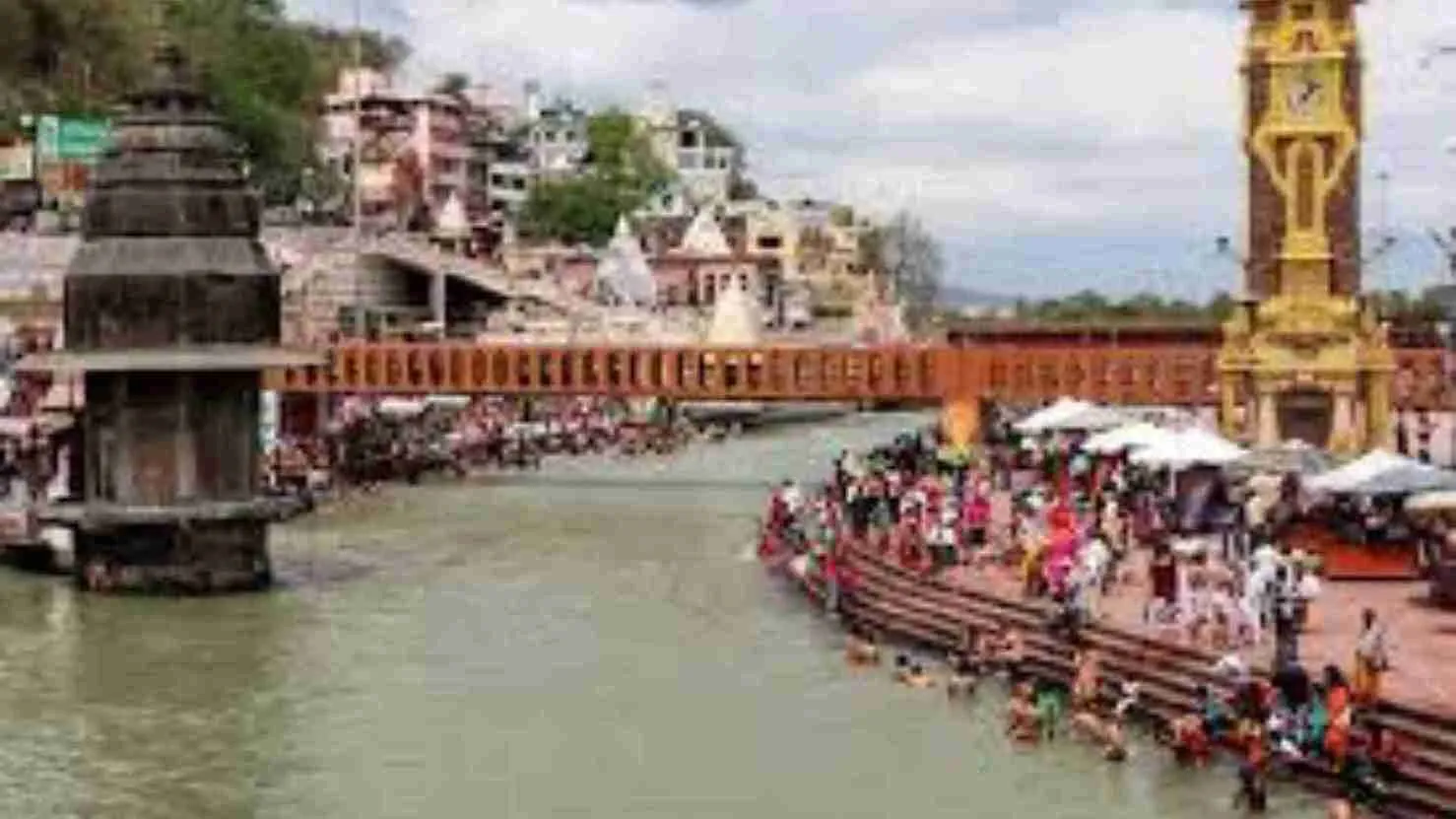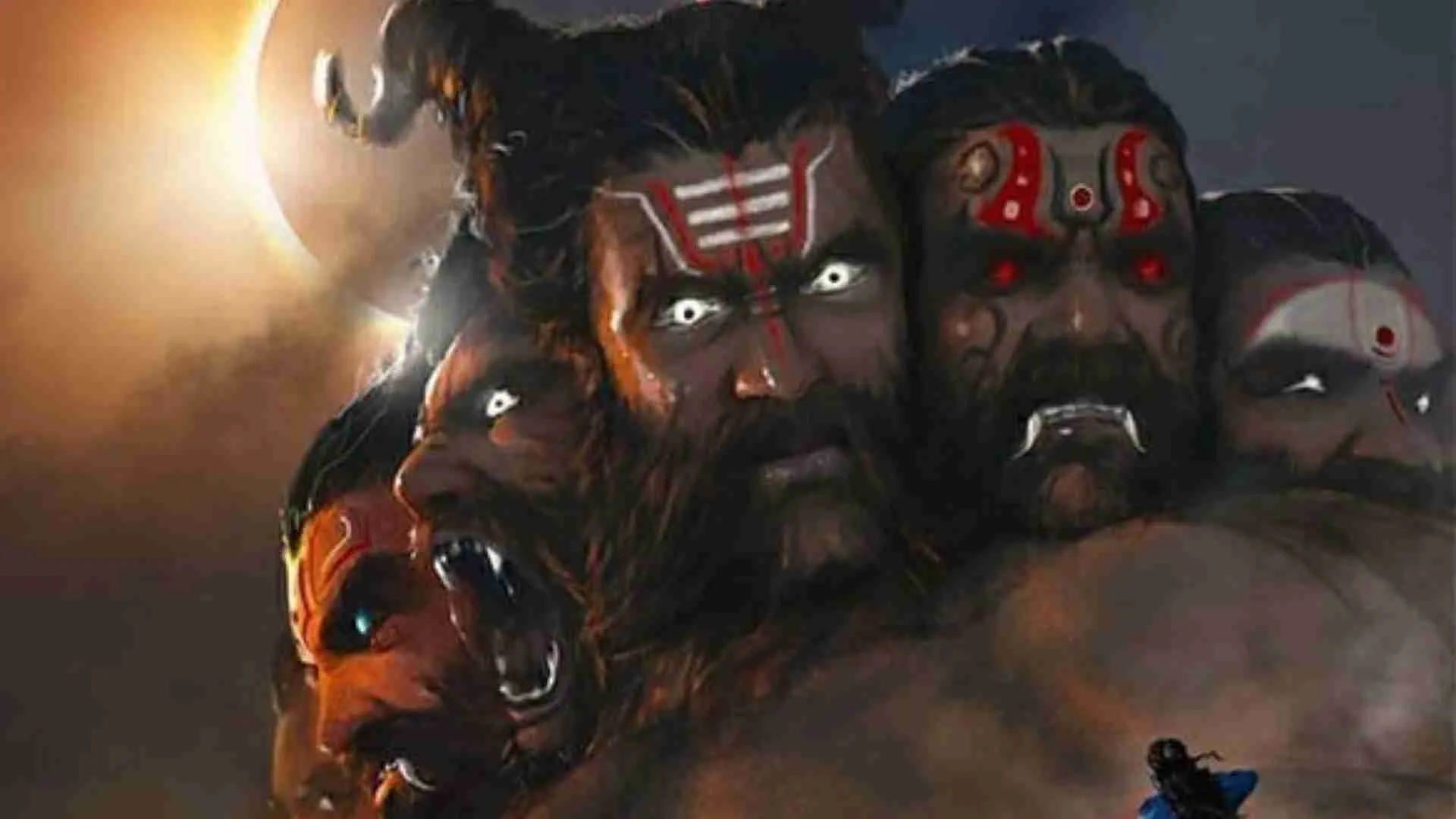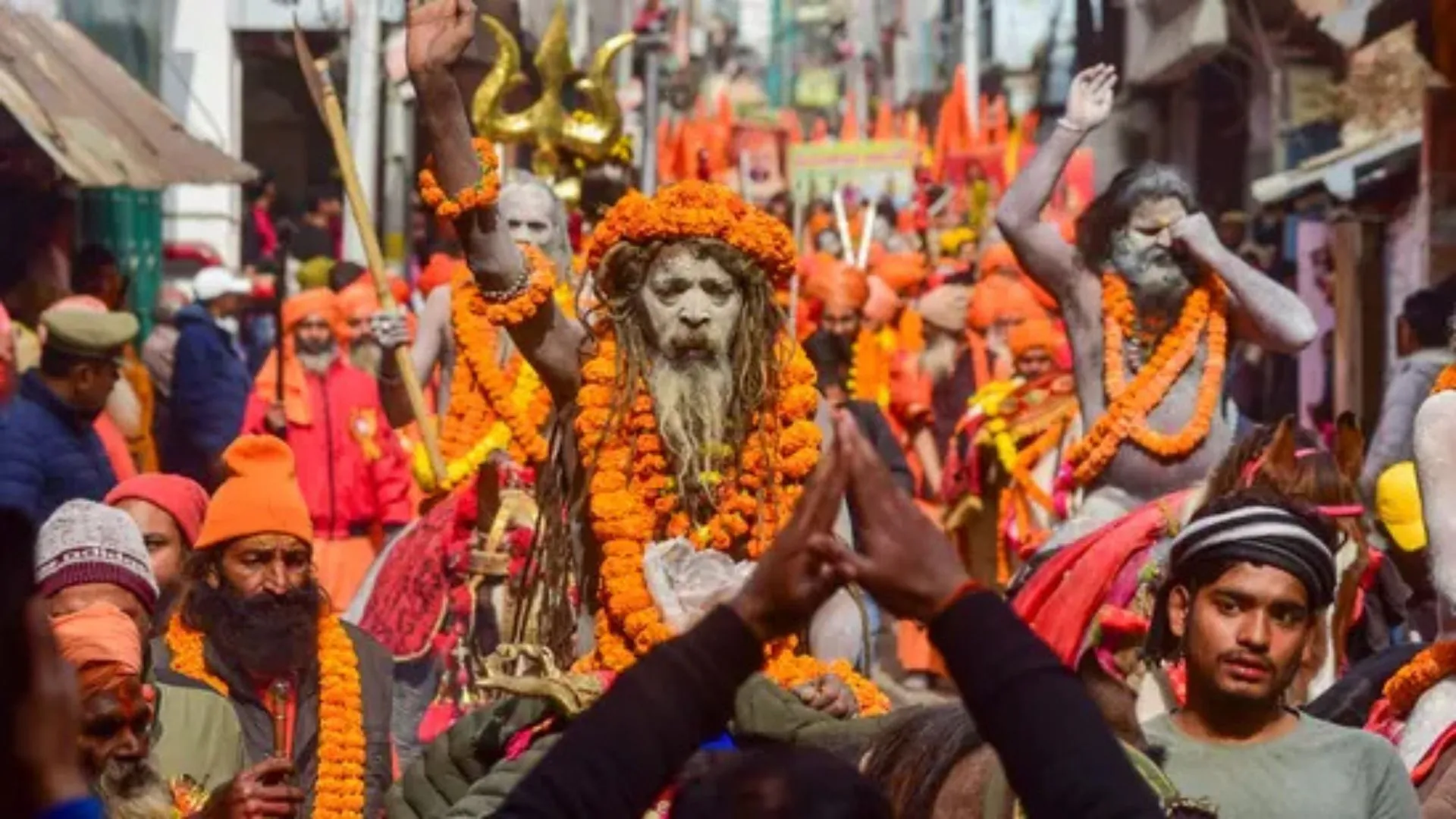Mahashivaratri is a festival celebrated annually in honor of the great deity Shiva. It is ‘The Great Night of Shiva’. It is celebrated on the 14th day of the second moon phase (fortnight) of ‘Margashirsha’ month on the full moon day. This year, this festival will be celebrated on March 8.
On this occasion, devotees all around the world celebrate the divine wedding of Lord Shiva and Goddess Parvati. The day also marks the infamous dance of creation, preservation, and destruction known as the ‘Tandava’, as believed by Shaivism tradition.
Shiv Puran states, ‘Whoever keeps fast in his name and spends a wakeful night hearing recitation of his katha or singing hymns shall gain credit.’ This celebration includes maintaining a ‘Jagran’ and an all-night vigil and prayers because Hindus mark this night as overcoming darkness and ignorance in one’s life.
Offerings of fruits, and leaves. Sweets and milk are made for Shiva. Ardent devotees stay awake throughout this night. Others visit one of the Shiva temples or go on a pilgrimage to the ‘Jyotirlingams’.
Lord Shiva is believed to be vested in these jyotirlingas in the tradition of the original pillar of luminosity as its symbolic forms. The prominent dozen are:
1.Somnath jyotirlingam
2.Mallikarjuna jyotirlingam of shrisailam
3.Mahakaleshwara lingam of Ujjain
4.Omkareshwara of mandhatopura
5.Kedareshwara of Kedarnath
6.Namarupeshwara near Pune
7.Vishweshwara of Kashi
8.Trayambakeshwara lingam of Nashik
9.Nageshwara of Dwarka
10.Vaidyanatha of puri
11.Rameshwara of Rameshwaram
12.Goomeshwara lingam
It is customary for devotees to visit Shiva temples and offer ‘bilva’ leaves, milk, honey and water to the deity’s iconic Shiva Lingam (Shivling).
About Shiva lingam ( Bindu-Naad Mystery)
As mentioned in the Shiv Puran, the Shiva Lingam is an assimilation of the male and female sex organs which symbolizes the creation of universe. Entire cosmos is reflection of Bindu-Naad.
Bindu is the symbol of female power. Naad, the human of cosmic echo is shiva. The universe is the union of the two. Hum is the base of dot (Bindi). Dot is the base of universe. All inclusiveness is the spirit of the creation.
Bindu (dot) represents the power of feminity and shiva is cosmic echo Naad. Parvati is the manifest form of Bindu. Hence, the two are the parents of this universe.
In their worship we pay homage to our original forebears. Mahashivaratri holds special significance for two main reasons. It is believed that on this day, lord shiva abandoned his ascetic life and entered into the household life with goddess Parvati. It is said that worshiping Shiva on maha Shivratri can dispel all troubles and difficulties.

